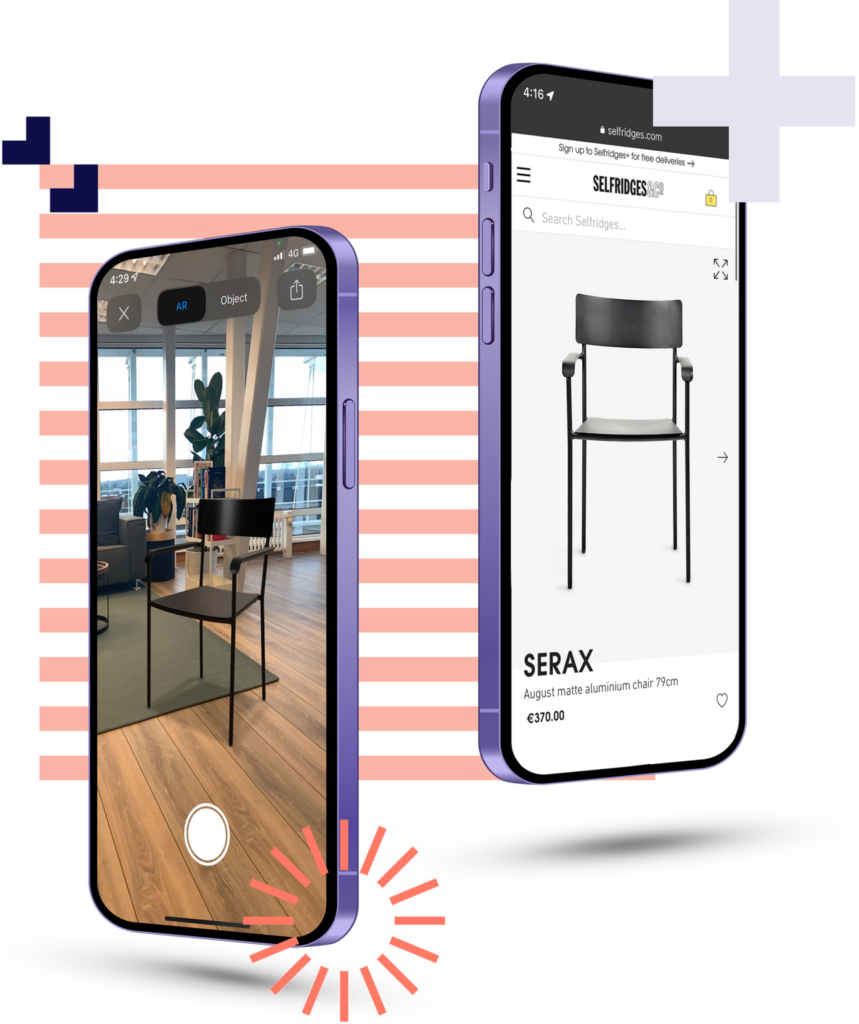“The next platform will be even more immersive — an embodied internet where you’re in the experience, not just looking at it. We call this the metaverse, and it will touch every product we build.”
What is the metaverse?
In simple terms, the metaverse is a computer generated simulation/virtual reality world, a world that will offer digital experiences and opportunities to interact with others.
Perhaps the best way to describe the metaverse is the internet rendered in 3D, similar to how Oculus has created a VR home for their users, only on a much larger scale. And it’s not just for play, working in the virtual or mixed reality world will create a virtual office space that will “feel more productive and flexible”.
Technologists like venture capitalist Matthew Ball think the metaverse will be persistent, synchronous, have no user cap and provide a sense of presence, which is something Zuckerberg (Facebook) has also mentioned when talking about the metaverse.
Ball’s essay also mentions that the metaverse will “be a fully functioning economy”. It’s an exciting prospect for anyone already engaged in e-commerce. It is much more than another channel in which to sell physical products, it could mean selling those products, or new products in the metaverse itself.
The metaverse and e-commerce
Even the most early versions of the metaverse that have been worked on include digital marketplaces and ways of buying digital assets. Anyone old enough will remember Second Life, one of the first virtual worlds where “players” could interact with each other and buy digital goods such as fashion items for their virtual avatar or home decor for their virtual home. In 2006, Ailin Graef made her first million dollars by selling virtual homes in Second Life. So as you can see this idea has been around for a while, and customers are more than ever willing to spend money in these virtual worlds. The metaverse will take this one step further by also allowing you to buy physical ‘real life” products together with virtual products.
“Corporations have started to recognize these opportunities and are building out their capabilities in augmented and mixed reality. Not only are they developing devices to experience these worlds, they are creating libraries and assets for on-demand consumption. While the metaverse concept is still evolving, the global augmented and mixed reality industry will grow at a compound annual growth rate of 54% to reach $372 billion by 2026.”
Mastercard
The metaverse will be an important aspect for brands and companies, providing new ways to market the brand and/or products sold. But how do you market products in a virtual world? This is where 3D assets come in, these can be created from the physical products as digital twins. Customers within the metaverse will then be able to interact with these digital 3D assets in the virtual or mixed reality world.
Imagine buying an Eames lounge chair and also receiving the digital asset for that product, with which you can then decorate your virtual living room within the metaverse.
Another use case would be to have a virtual shop within the metaverse, these would be viewed through AR or VR experiences letting you view the products, like that 3D Eames lounge chair in every fabric and color possible, walk around it and see it within your own space through augmented/mixed reality. Your virtual shop will be open 24/7 365 days a year.
The use cases and how exactly the metaverse will function within the near future are unknown, but what is a certainty is that the metaverse is coming, and it needs to be populated with 3D assets. In the meantime, the AR industry is growing at an incredible rate and the adoption of interactive 3D viewers and AR solutions is rapidly increasing, 61% of consumers say they prefer retailers with AR experiences.
Of course when we talk about digital assets and owning them we immediately think of NFT’s (Non-fungible token), but that’s a topic for another day…





